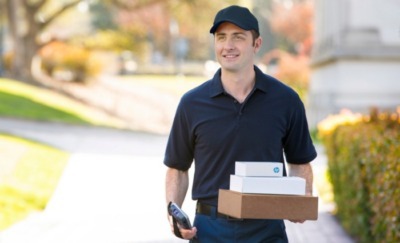Would you click? 4 tips so your employees don’t do it anyway
Do you want meat, fish or vega?
Click here and give your preference.
During a conference, your employees receive this innocent question by email, from a reliable-looking address.
Are they clicking?
Then there is a chance that they might be retrieving ransomware or a virus or having to log in to a fake login page with all the consequences. That’s how hackers are dragging these days. You can hardly blame your employees for gardens there.
Avoid unwanted click behavior
Cyber criminals are getting smarter. Almost 91 of the data breaches occur because an employee clicks on the wrong link.
And employees too often fall into it: as many as 30 of employees open mails from cyber criminals, 10 clicks on links or attachments.
In many cases, it is about links in emails that have been drawn up more and more professionally. For example, those who click on the link retrieve malware that allows data to be stolen or systems shut down.
But there are more than enough ways to ensure that your company remains protected from this kind of click behavior.
Our tips:
1. Mail a
2. Note the email address of
3. Distrust a general
4. Use software that
Hackers are doing more and more crazy things to get into your system. Therefore, be wary of you.
With all this knowledge in your pocket you know what to do and only the question remains: would you click?















